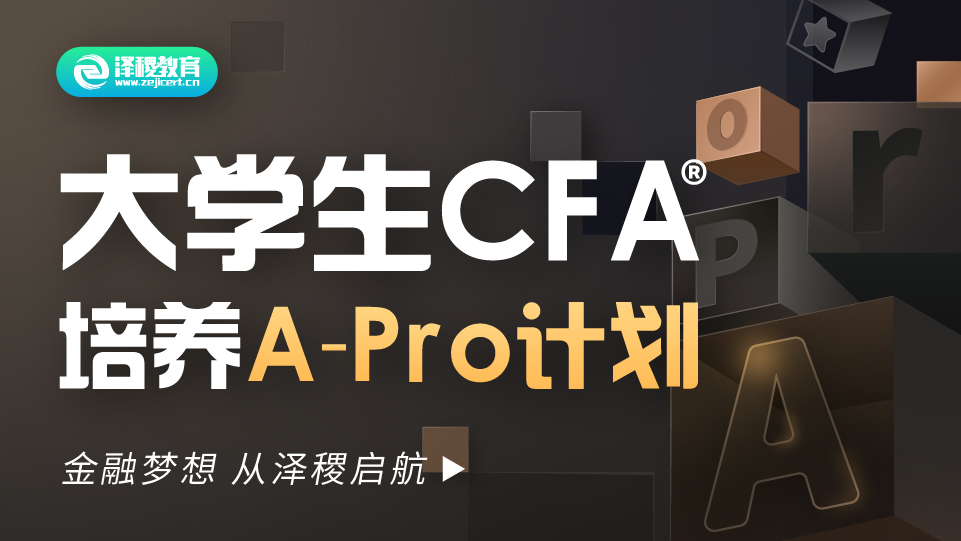固定收益部分一直是三级的重点,在考试分值所占的权重(15-20%)甚至比个人投资者IPS,机构投资者IPS(10-15%)还要高一点;上下午的题都会同时出的概率极高。根据2015年考纲,固定收益部分总共3个reading(这么多年来从来没有变动过,也可见其成熟稳定的地位)有一些内容近几年删除了比如关于MBS的,剩下的反而是精华中的精华。可以说这3个reading对于我们整个三级的学习都是一场攻坚战。
经过教材改革,最近几年固定收益部分在CFA1级内容不断完善,难度也提高了很多,原先部分二级内容搬到了一级。一级里面也增加了很多更深入的讲解。而,现在的三级考生大部分都是读了当年旧考纲的一级教材,对于很多概念都掌握的并不清楚,甚至是错误的。
在Fixed-Income Part-1里,对于各种策略的原理,比较的内容教材讲的比较散不成系统,而且也很晦涩;而notes相关的内容又有知识点的遗落,并且说的也更为抽象,尤其是固定收益里的Notching更是很多人都不太了解,下面就来了解一下。
1. 知识背景
Notching本意为多级别的,作为动词,也可以表示为得分。作为CFA考试固定收益中的知识点,它出现在债券评级里面,常常作为一个单独的知识点考察大家。下面我们就来学习一下这个知识点吧。
2. 相关知识点
Factors affecting rating:
For the rating agencies, likelihood of default—default risk—is theprimary factor in assigning their ratings. However, there are secondaryfactors as well.
These factors include the priority of payment in the event of adefault (e.g., secured versus senior unsecured versus subordinated) as well aspotential loss severity in the event of default.
Another factor considered by rating agencies is structuralsubordination, which can arise when a corporation with a holding companystructure has debt at both its parent holding company and operating subsidiaries.Debt at the operating subsidiaries will get serviced by the cash flow andassets of the subsidiaries before funds can be passed (“upstreamed”) to theholding company to service debt at that level.
Recognizing thesedifferent payment priorities, and thus the potential for higher (or lower) lossseverity in the event of default, the rating agencies have adopted a notchingprocess whereby their credit ratings on issues can be moved up or down fromthe issuer rating, which is usually the rating applied to its senior unsecured debt.
As a general rule, the higher the senior unsecured rating, the smallerthe notching adjustment will be. The reason behindthis is that the higher the rating, the lower the perceived risk of default, sothe need to “notch” the rating to capture the potential difference in lossseverity is greatly reduced.
For lower-rated credits, however, the risk ofdefault is greater and thus the potential difference in loss from a lower (orhigher) priority ranking is a bigger consideration in assessing an issue’scredit riskiness. Thus, the rating agencies will typically apply largerrating adjustments.
For example, S&P applies the following notching guidelines:
As default risk increases, the concern over what can be recovered takeson greater relevance and, therefore, greater rating significance. Accordingly,the LGD [Loss Given Default] aspect of ratings is given more weight as onemoves down the rating spectrum.
For example, subordinated debt canbe rated up to two notches below a noninvestment grade corporate creditrating,
but one notch at most if the corporate credit rating is investmentgrade.
In the same vein, issues of companies with an ‘AAA’ rating need not benotched at all.
3. 考题
1. Based on the practice of notching by the ratingagencies, a subordinated bond from a company with an issuer rating of BB wouldlikely carry what rating?
B+
BB
BBB–
A is correct.
The subordinated bondwould have its rating notched lower than the company’s BB rating, probably bytwo notches, reflecting the higher weight given to loss severity forbelow-investment-grade credits.
2. The process of moving credit ratings of differentissues up or down from the issuer rating in response to different paymentpriorities is best described as:
A. notching.
B. structural subordination.
C. cross-default provisions.
A is correct.
Notching is the processfor moving ratings up or down relative to the issuer rating when ratingagencies consider secondary factors, such as priority of claims in the event ofa default and the potential loss severity.
温馨提示:2017年新考季,泽稷网校针对CFA录制了高清名师课程,欢迎免费体验》》CFA高清网络课程,另外泽稷网校CFA名师为大家准备了2017年CFA备考资料大礼包(内含CFA考试必备的所有资料),关注微信公众号:CFAer(ID:CFA-CHN)即可免费领取:






 白金级认可培训资质(总部)
白金级认可培训资质(总部)
 课程试听
课程试听
 职业规划
职业规划
 ACCA中文教材
ACCA中文教材
 考位预约
考位预约
 免费资料
免费资料




 题库下载
题库下载
 模拟机考
模拟机考




 CFA®成绩查询
CFA®成绩查询




 GARP协会官方认可FRM®备考机构
GARP协会官方认可FRM®备考机构




















